The LendTech Market is currently characterized by a dynamic competitive landscape, driven by technological advancements and evolving consumer preferences. Key players such as LendingClub (US), SoFi (US), and Kabbage (US) are at the forefront, each adopting distinct strategies to enhance their market positioning. LendingClub (US) focuses on expanding its product offerings through innovative financial solutions, while SoFi (US) emphasizes a comprehensive suite of services that includes personal loans, investment options, and insurance products. Kabbage (US), on the other hand, is leveraging its data-driven approach to streamline the lending process, thereby enhancing customer experience and operational efficiency. Collectively, these strategies contribute to a competitive environment that is increasingly defined by technological integration and customer-centric services.
In terms of business tactics, companies in the LendTech Market are increasingly localizing their services to cater to regional demands, optimizing their supply chains to enhance efficiency. The market structure appears moderately fragmented, with numerous players vying for market share. However, the influence of major companies is substantial, as they set benchmarks for innovation and customer service, thereby shaping the competitive dynamics of the industry.
In August 2025, LendingClub (US) announced a strategic partnership with a leading fintech firm to enhance its AI-driven credit assessment capabilities. This move is likely to bolster its competitive edge by improving risk assessment and enabling faster loan approvals, which could attract a broader customer base. The integration of advanced analytics into its operations may also lead to more personalized lending solutions, aligning with current consumer expectations for tailored financial products.
In September 2025, SoFi (US) launched a new initiative aimed at expanding its reach into underserved markets by offering lower interest rates on personal loans. This strategic decision not only reflects a commitment to financial inclusion but also positions SoFi as a socially responsible lender. By tapping into these markets, SoFi could potentially increase its customer base while enhancing its brand reputation, which is increasingly important in today’s socially conscious consumer landscape.
In July 2025, Kabbage (US) introduced a new feature that allows small businesses to access real-time financial insights through its platform. This innovation is significant as it empowers businesses to make informed financial decisions, thereby fostering loyalty and encouraging repeat usage of Kabbage’s services. By enhancing its platform with such features, Kabbage is likely to strengthen its market position and differentiate itself from competitors who may not offer similar capabilities.
As of October 2025, the LendTech Market is witnessing trends that emphasize digitalization, sustainability, and the integration of artificial intelligence. Strategic alliances among companies are becoming increasingly prevalent, as they seek to leverage each other's strengths to enhance service offerings and operational efficiencies. Looking ahead, competitive differentiation is expected to evolve, shifting from traditional price-based competition to a focus on innovation, technological advancements, and supply chain reliability. This transition underscores the importance of adaptability and forward-thinking strategies in maintaining a competitive edge in the rapidly changing LendTech Market landscape.


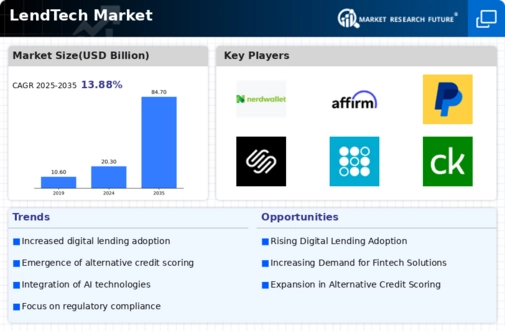
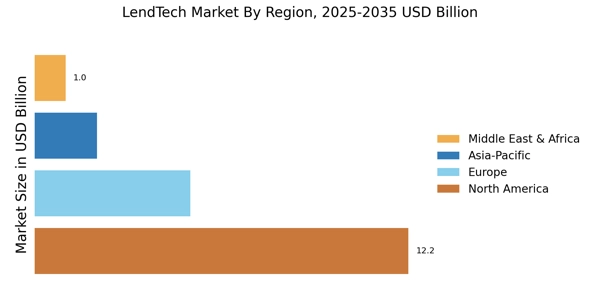
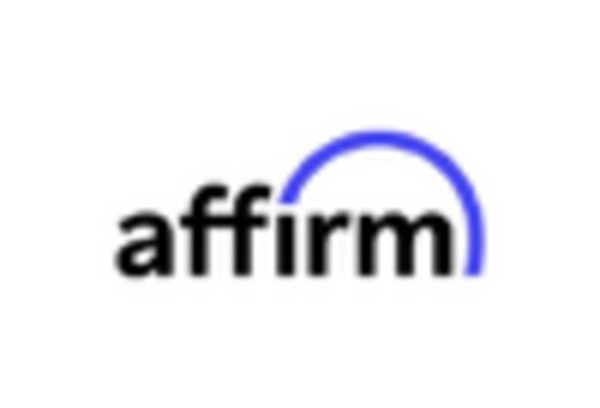
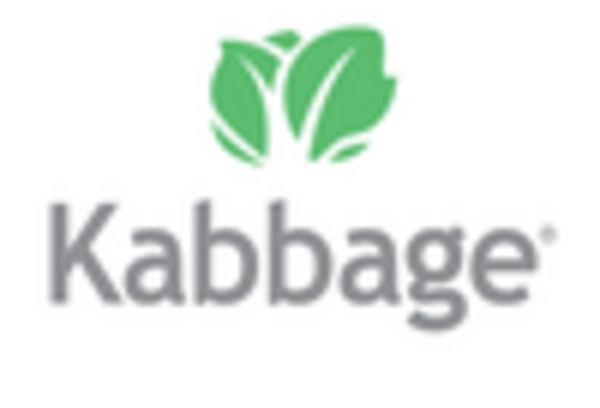
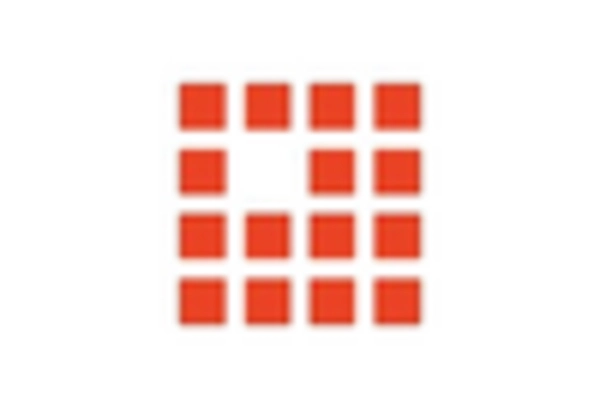

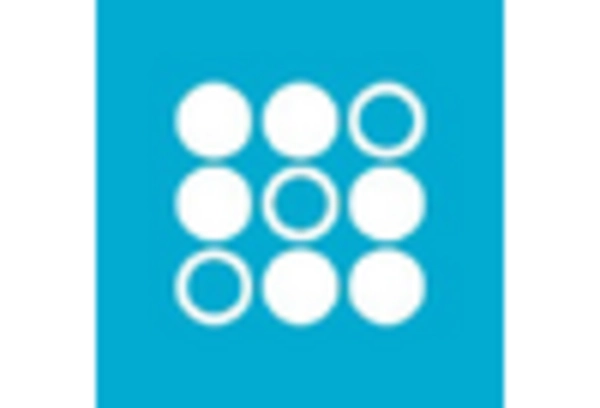
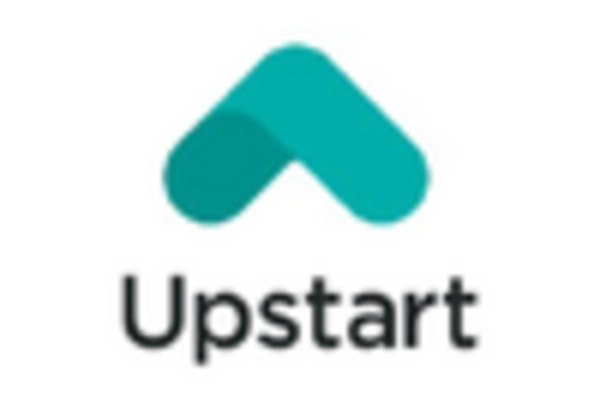








Leave a Comment